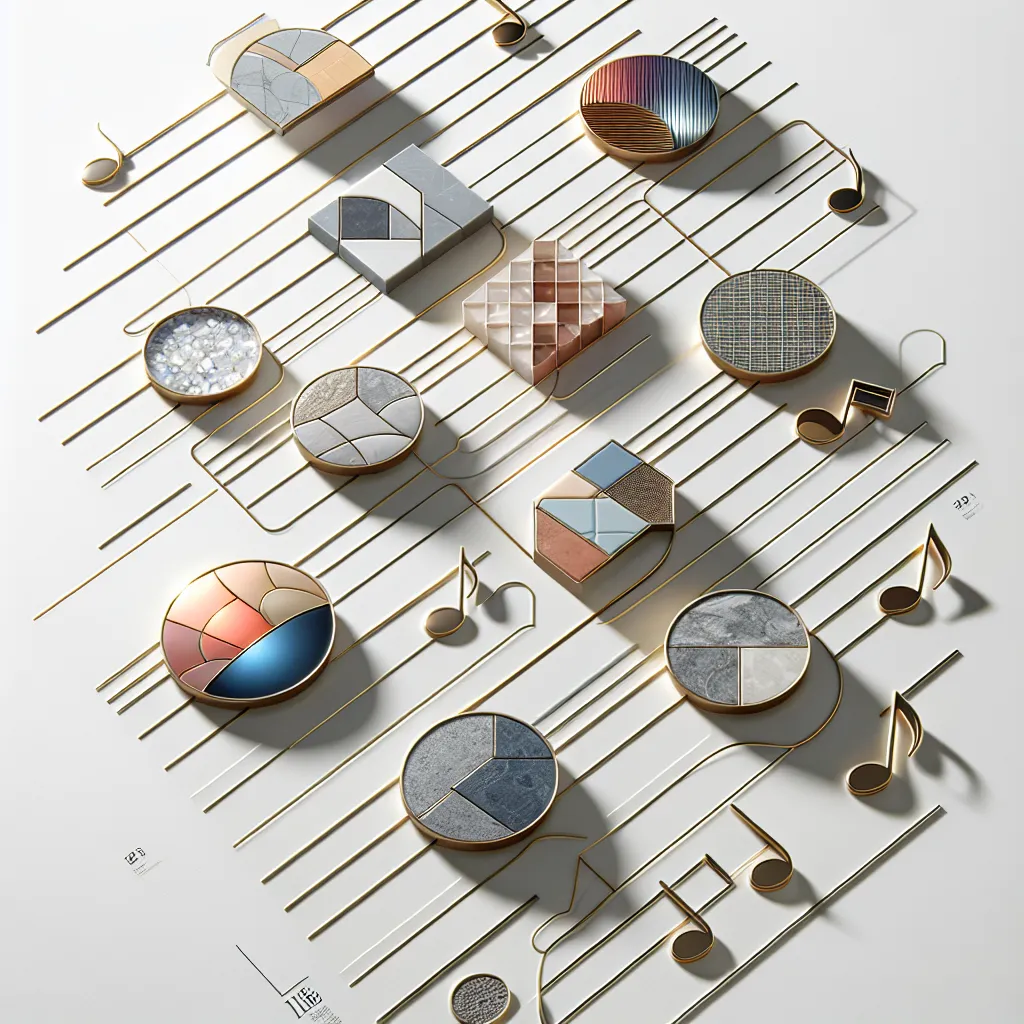1. The Magic of Materiality
Understanding the importance of materiality in tile design is central to creating a sophisticated interior. Porcelain, known for its durability and low water absorption rate, is ideal for high footfall areas, while marble tiles exude a sense of luxury and elegance perfect for formal spaces. Meanwhile, ceramic tiles offer a balance of affordability and durability, making them a popular choice for various applications.
2. The Dance of Dimensions
The dimension of a tile can drastically influence the perception of a room. Larger tiles can make a room appear more spacious and elegant, while smaller tiles can add an element of intricacy and detail. It is crucial to select a size that harmonizes with the scale and proportion of the space.
3. The Palette of Perfection
Choosing the right color palette for your tiles can set the tone of a room. Warm tones can create a cozy, inviting ambiance, while cool tones can evoke a sense of calm and serenity. To make a bold statement, consider feature tiles with vibrant colors or intricate patterns.
4. The Art of Arrangement
The layout of your tiles can transform an ordinary flooring or wall into a stunning feature. From the classic straight lay to the elegant herringbone, each pattern offers a unique aesthetic appeal. The tile arrangement should complement the architectural style and the interior decor of the space.
5. The Elegance of Edges
Lastly, consider the tile edges. Rectified tiles, with their precise edges, can create a seamless look with minimal grout lines. Non-rectified tiles, on the other hand, have a more natural and rustic appeal. The choice between rectified and non-rectified tiles depends on the desired aesthetic and maintenance level.
Conclusion
Choosing the right tiles can be a complex process, but with these insights, you can weave an enchanting tapestry of surfaces in your home. Let the symphony of surfaces unfold, allowing the magic of tiles to redefine your space with elegance and sophistication.
